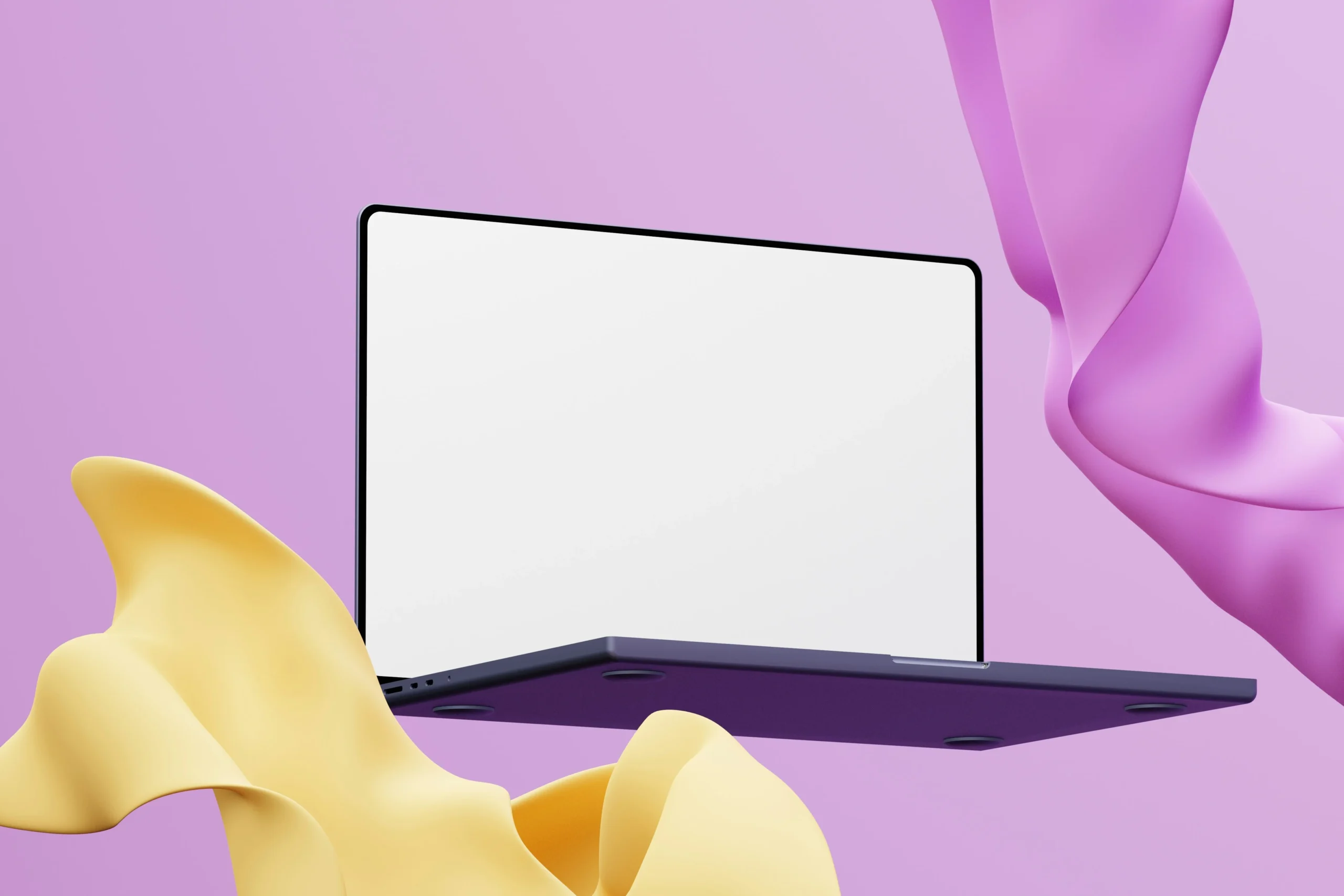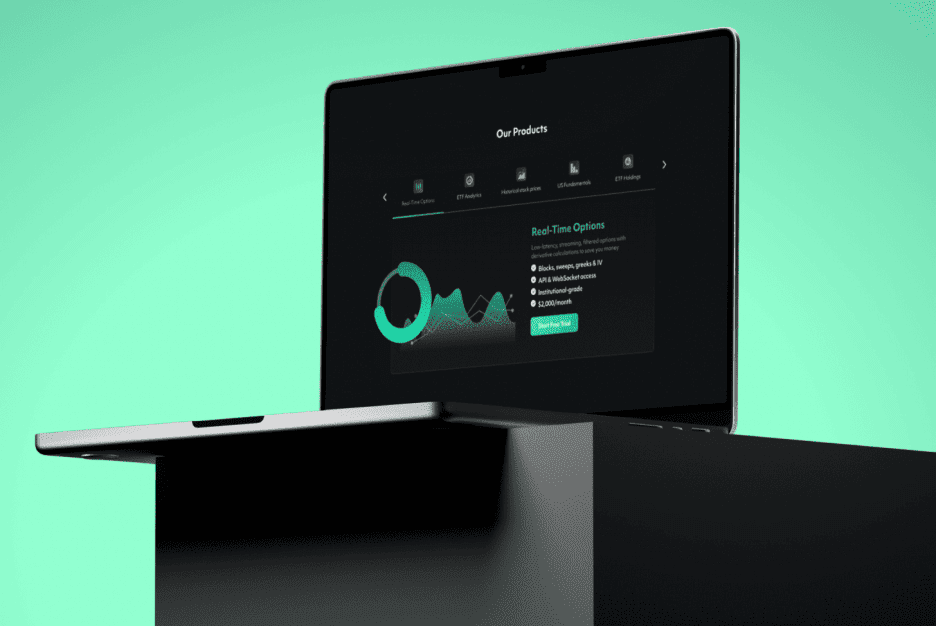Did you know that 75% of users judge a business’s credibility based on its website’s design? At Almax, we understand that effective website design isn’t just about aesthetics—it’s deeply connected to the role of a website publisher. The publisher is the key decision-maker who oversees every aspect of the website, from the layout and navigation to the content and overall user experience. A well-designed site reflects the publisher’s ability to align design elements with the brand’s goals, ensuring that the site is both visually appealing and functionally effective.
In this article, we’ll explore where to find the publisher listed on a website, why it matters, and how this connects to the overall design and credibility of your site. Understanding the role of a website publisher can significantly impact how you approach web design, helping you create a site that not only looks good but also instills trust in your audience.
What is the Publisher of a Website?
So, what is a publisher of a website? Simply put, the publisher is the entity—whether an individual or organization—responsible for the content and overall management of the website. They oversee everything from the creation of articles, blogs, and media to the maintenance and updating of the site. Understanding who the publisher is can give you valuable insight into the credibility and intentions behind the content you’re viewing.
What Does Web Publishing Involve?
Web publishing is more than just putting content on the internet. It involves a series of steps and responsibilities to ensure that a website runs smoothly and provides value to its visitors. Let’s break down the key components.

Creating and Uploading Websites
One of the primary roles of a website publisher is to oversee the creation and uploading of the website. This includes everything from selecting the right platform to ensuring that the site’s design is user-friendly and accessible. The publisher makes sure that the website is not only functional but also visually appealing.
Posting Content
After the website is up and running, the next step is to post content. This could be anything from blog posts and articles to videos and infographics. The publisher ensures that the content aligns with the site’s goals and audience, maintaining a consistent voice and style throughout.
Updating Webpages
Websites need to be updated regularly to stay relevant. The publisher is responsible for keeping the content fresh and accurate, making sure that any outdated information is removed or revised. This could involve anything from adding new blog posts to updating product descriptions or contact information.
Where Can You Find the Publisher on a Website?

Now that we’ve covered what a website publisher is and what they do, let’s talk about how to find the publisher of a website. This information is usually listed on the website, but it might take a bit of digging to locate it.
Check the Author Bio Section Listed on the Website
One of the first places to look for the publisher listed on the website is the author bio section. This is especially common on blogs and news sites where individual authors may be listed, along with details about the publisher or the organization they represent.
Check the Contact Us, About, or Team Page Listed on the Website
Another good place to find the publisher is on the “Contact Us,” “About,” or “Team” pages. These sections often provide background information about the website’s creators and may explicitly mention the publisher. If you’re wondering where to find a website publisher, these pages are your best bet.
Check the Copyright Notice Listed on the Website
The copyright notice, usually found at the bottom of the homepage or in the footer, often includes the name of the publisher. This is a quick and easy way to identify who owns the content and is responsible for the site.
Check the Website’s Social Media Accounts
Lastly, don’t forget to check the website’s social media accounts. Many websites link their social media profiles, which can sometimes provide additional information about the publisher. Social media profiles often list the company or individual responsible for the site, making it easier to find the publisher.

Why Is the Website Publisher Important?
You might be wondering, why does it matter who the publisher of a website is? Knowing the publisher helps you assess the credibility of the content. It gives you insight into the potential biases, interests, or affiliations that might influence what you’re reading. Whether it’s news, product reviews, or educational content, knowing who is behind the information you’re consuming allows you to make more informed decisions.
Conclusion: Where to Look: Finding the Publisher Listed on the Website
In conclusion, understanding the role and identity of a website publisher is key to navigating the vast sea of online content with confidence. The publisher not only shapes the information you see but also ensures the site remains up-to-date, relevant, and user-friendly. By knowing where to find the publisher listed on the website—whether through the author bio, contact pages, copyright notice, or social media—you can make more informed decisions about the credibility and trustworthiness of the content you encounter.
Whether you’re a content creator, business owner, or an avid reader, being aware of the publisher’s influence can help you engage more effectively with digital content. If you’re looking to enhance your own website’s impact or need assistance in ensuring your online presence is as strong as it can be, contact Almax today to see how we can help you with your website!











